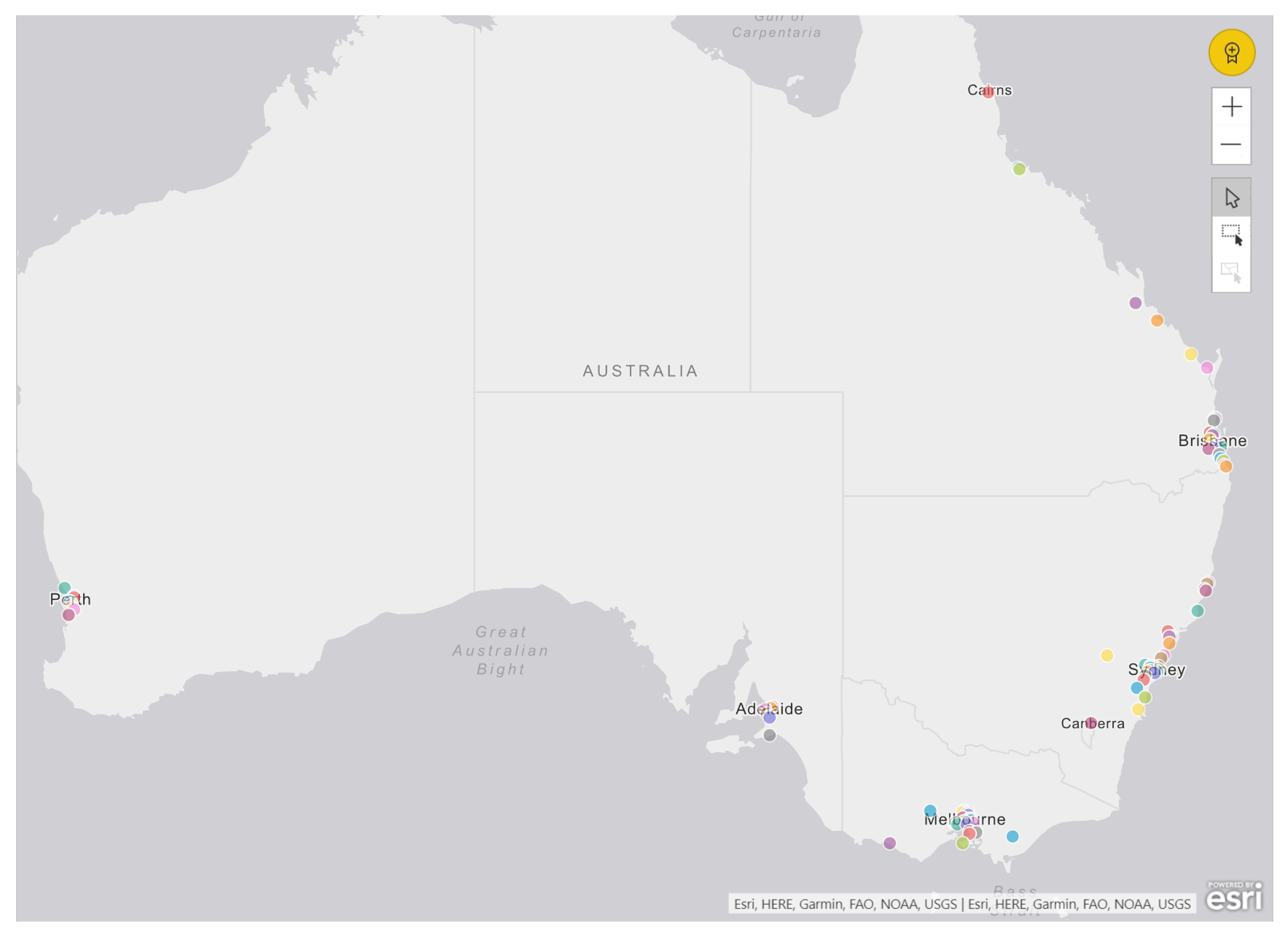AWS Re:Invent 2017 – what’s out so far
What a week it’s been for AWS customers. Just in the last 5 days we already seen a huge number of product releases including:
AWS Sumerian: With Sumerian, you can construct an interactive 3D scene without any programming experience, test it in the browser, and publish it as a website that is immediately available to users. Product details can be found https://aws.amazon.com/about-aws/whats-new/2017/11/announcing-amazon-sumerian-preview/
Amazon MQ:Amazon MQ is a managed message broker service for Apache ActiveMQ that makes it easy to set up and operate message brokers in the cloud.… [Keep reading] “AWS Re:Invent 2017 – what’s out so far”






